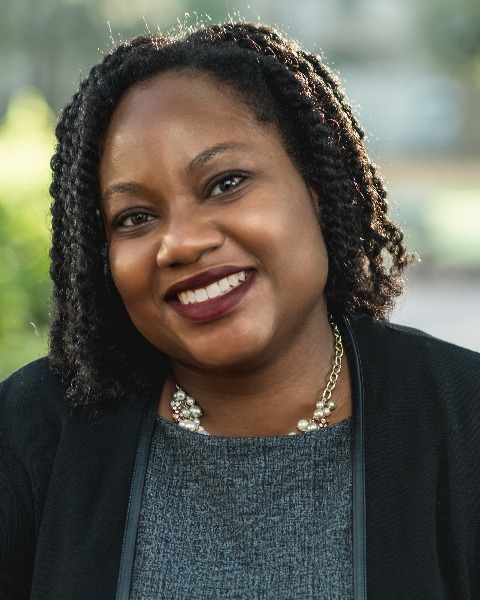Adolescent Medicine: General
Adolescent Medicine 1
444 - If Everyone Knows About LARC, Where Should We Focus Our Efforts?
Publication Number: 444.1

Lonna P. Gordon, MD, PharmD, FAAP (she/her/hers)
Chief Adolescent Medicine
Nemours Children's Hospital
Orlando, Florida, United States
Presenting Author(s)
Background: In 2014 the American Academy of Pediatrics (AAP) issued a statement declaring long-acting reversible contraception (LARC) as first line contraception for all adolescents. Despite being the most safe & effective form of contraception available only 2.8% of adolescent women have ever used the etonogestrel implant ten years after the recommendation. Studies have shown knowledgeable recommendation by a trusted provider is the most important factor in an adolescent woman’s selection and continuation of contraception.
Objective: This study was designed to understand pediatric providers’ barriers to providing adolescent women etonogestrel implant.
Design/Methods:
A thirty-question survey was sent to providers who provide care to providers who provide care to adolescent women ages 12 – 21 years old. Questions sought to understand demographic characteristics of the provider and their practice; barriers in providing contraceptive implant and a knowledge assessment. Statistical analyses were conducted to understand the relationship between provider characteristics & knowledge. Additional pairwise comparisons were done to understand where physician & physician extender’s knowledge may differ.
Results:
A total of 1030 surveys were returned. Survey respondents showed good diversity with 46% non-physicians, 56% pediatricians and 70% practicing greater than 10 years & 77% who provide contraception in practice. The top three barriers of recommending the implant were: cost (50%), discomfort counseling on the etonogestrel implant (42%) & discomfort with counseling on contraception in general (40%). The mean knowledge score was 6.41/15, s.d. 1.48. Knowledge was significantly lower in physician extenders (p< 0.001), and those in practice greater than 15 years (p< 0.001). Notably female providers, those in practice less than 10 years, rural providers, & those in private practice or in community health clinics have higher knowledge scores (P< 0.001). While overall physicians & physician extenders lacked knowledge in similar areas, physician extenders had significant knowledge deficits of indications, contraindications, and most common side effect of the etonogestrel implant (p< 0.001).
Conclusion(s):
Education efforts on the etonogestrel contraceptive implant should be directed to pediatric providers who have been in practice for > 15 years and physician extenders. The role of physician extenders is expanding, with many physician extenders rendering services independently particularly for functions such as contraceptive counseling. This study emphasizes where future interventions to increase LARC use in adolescents should focus.
